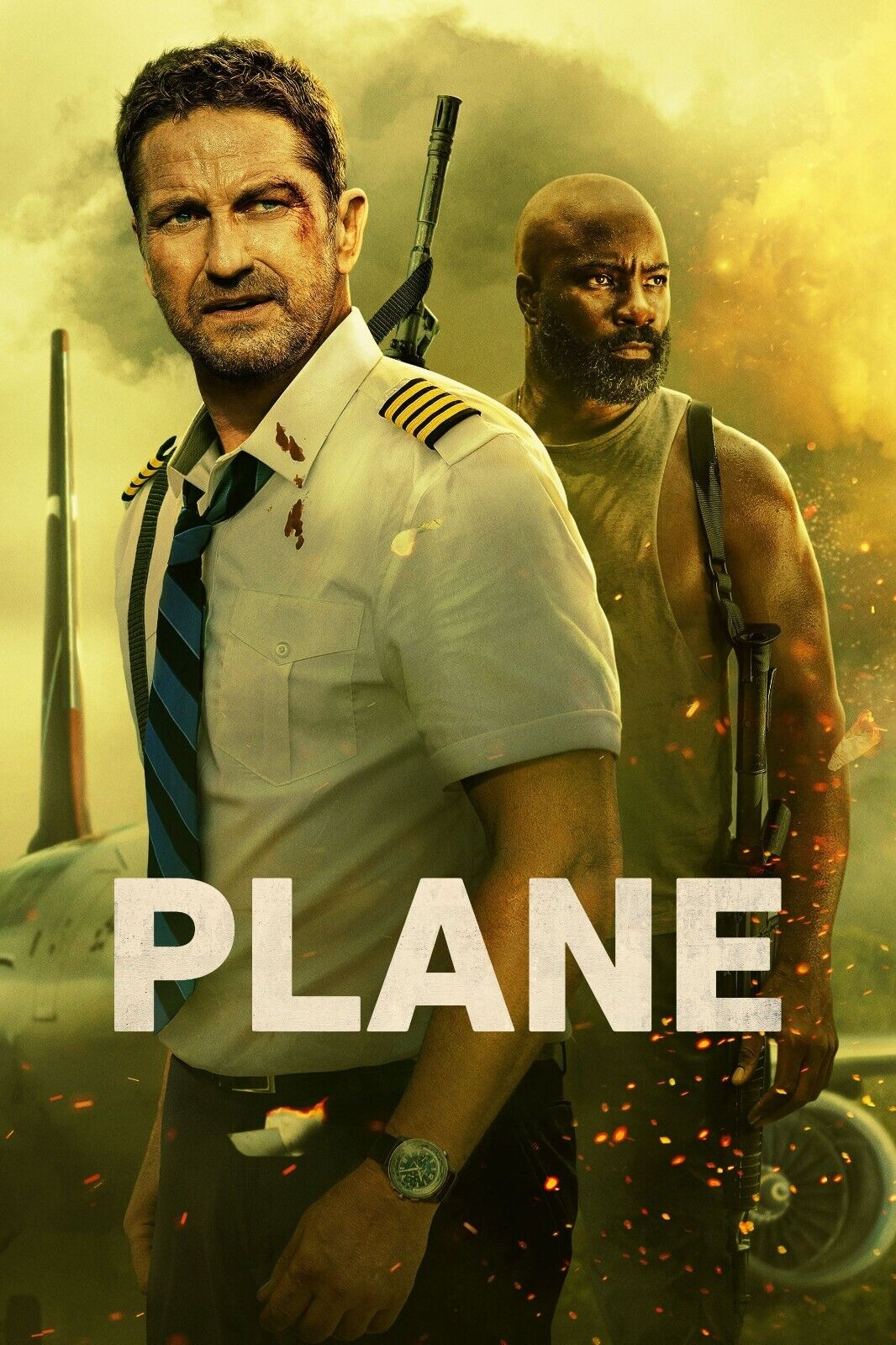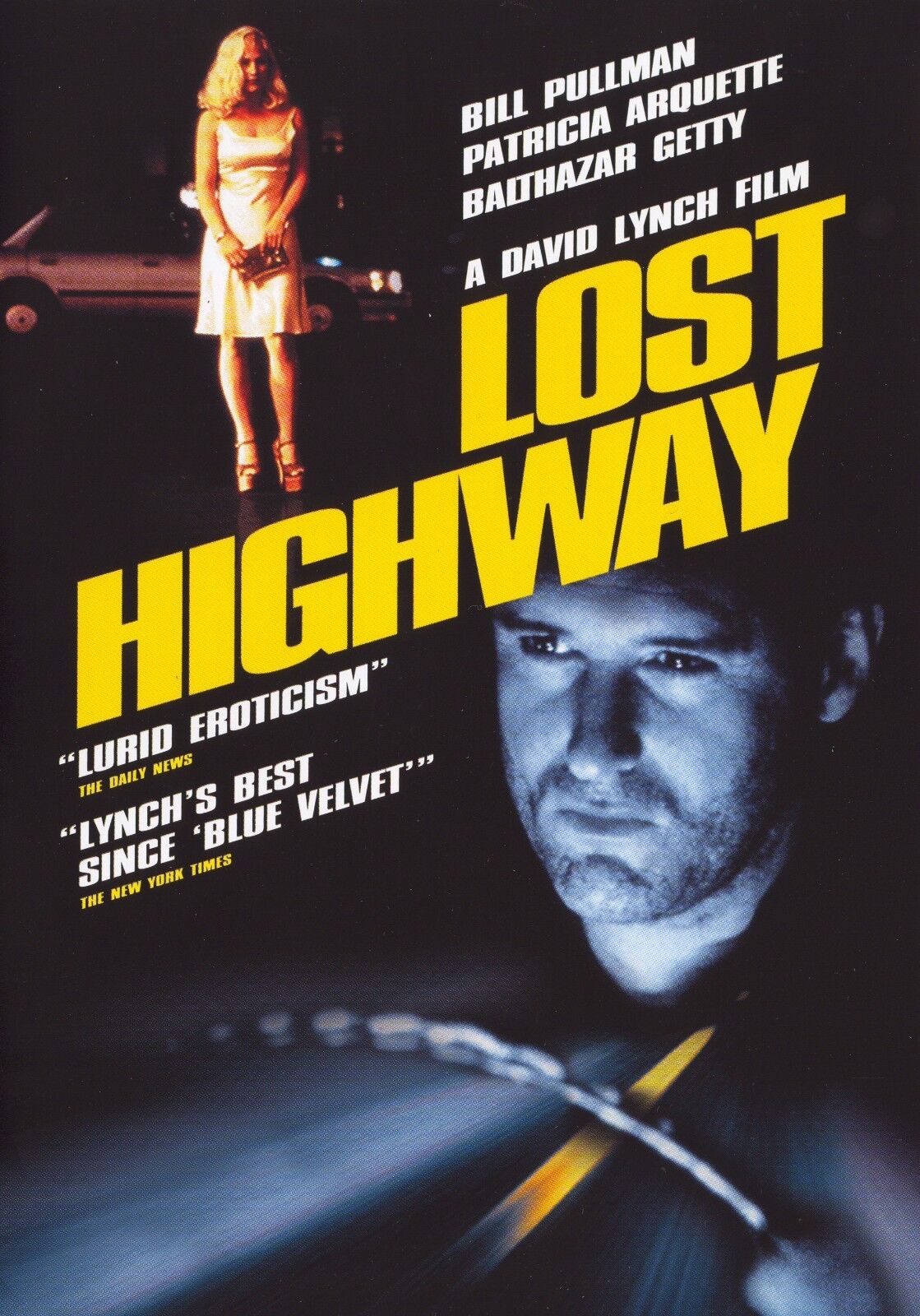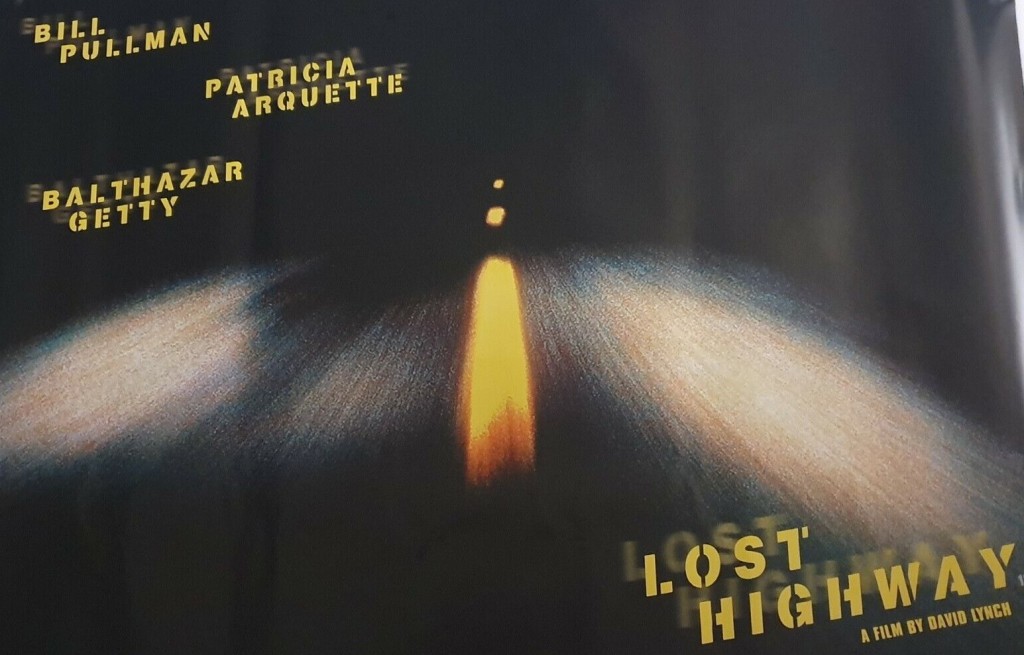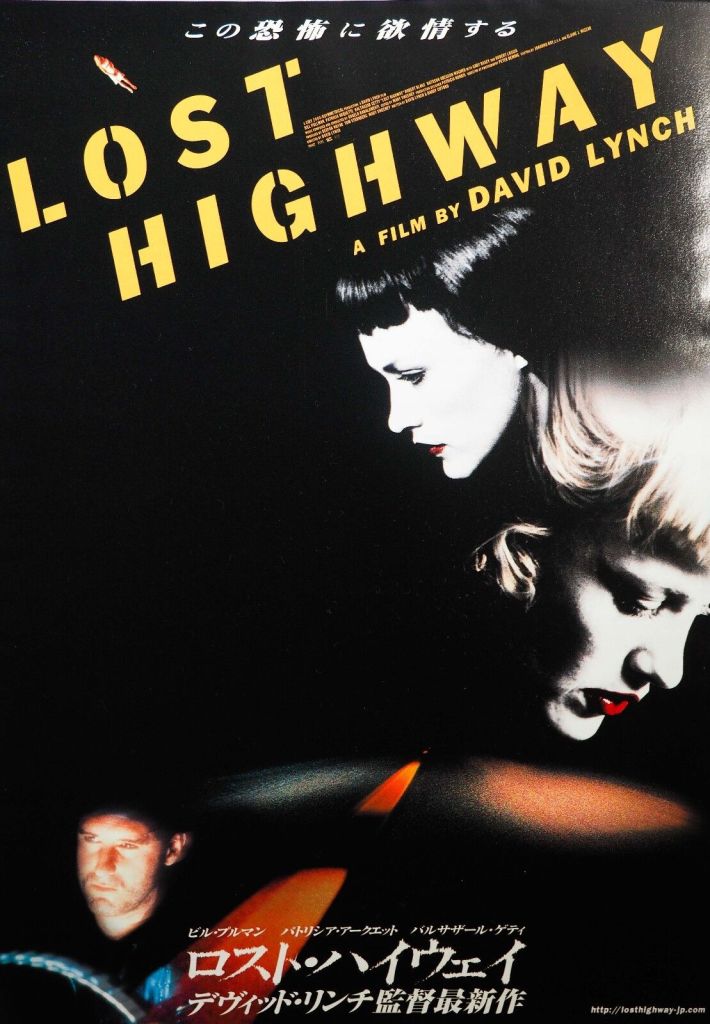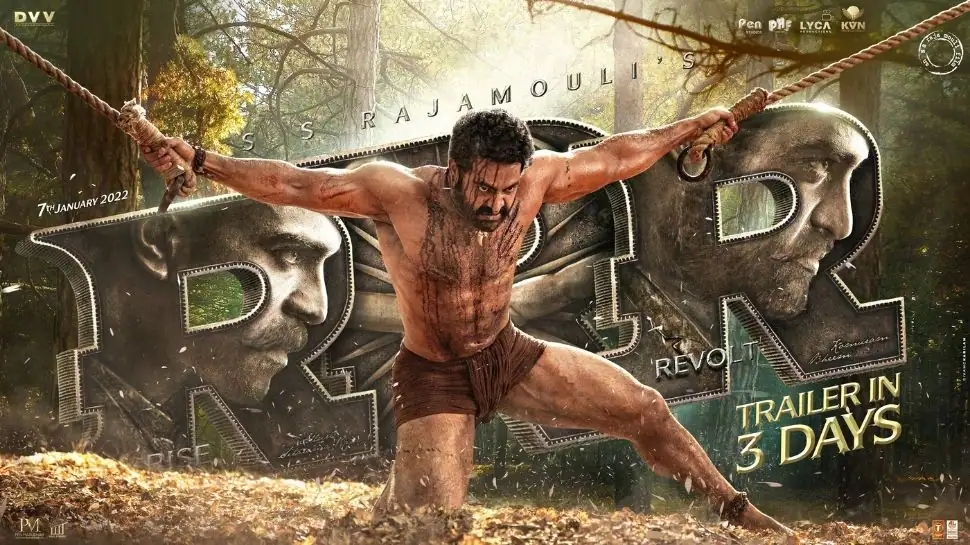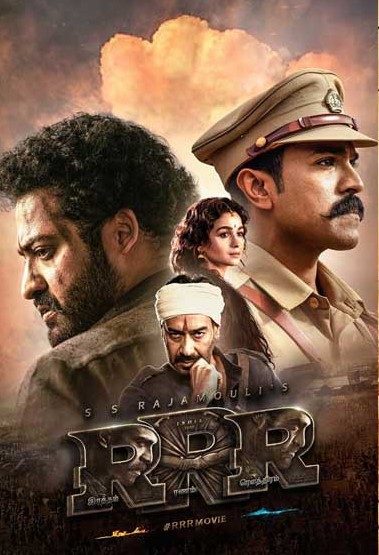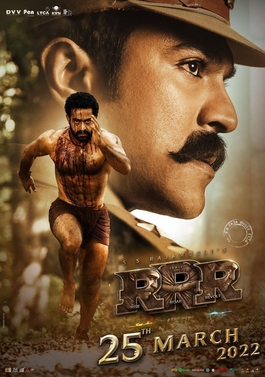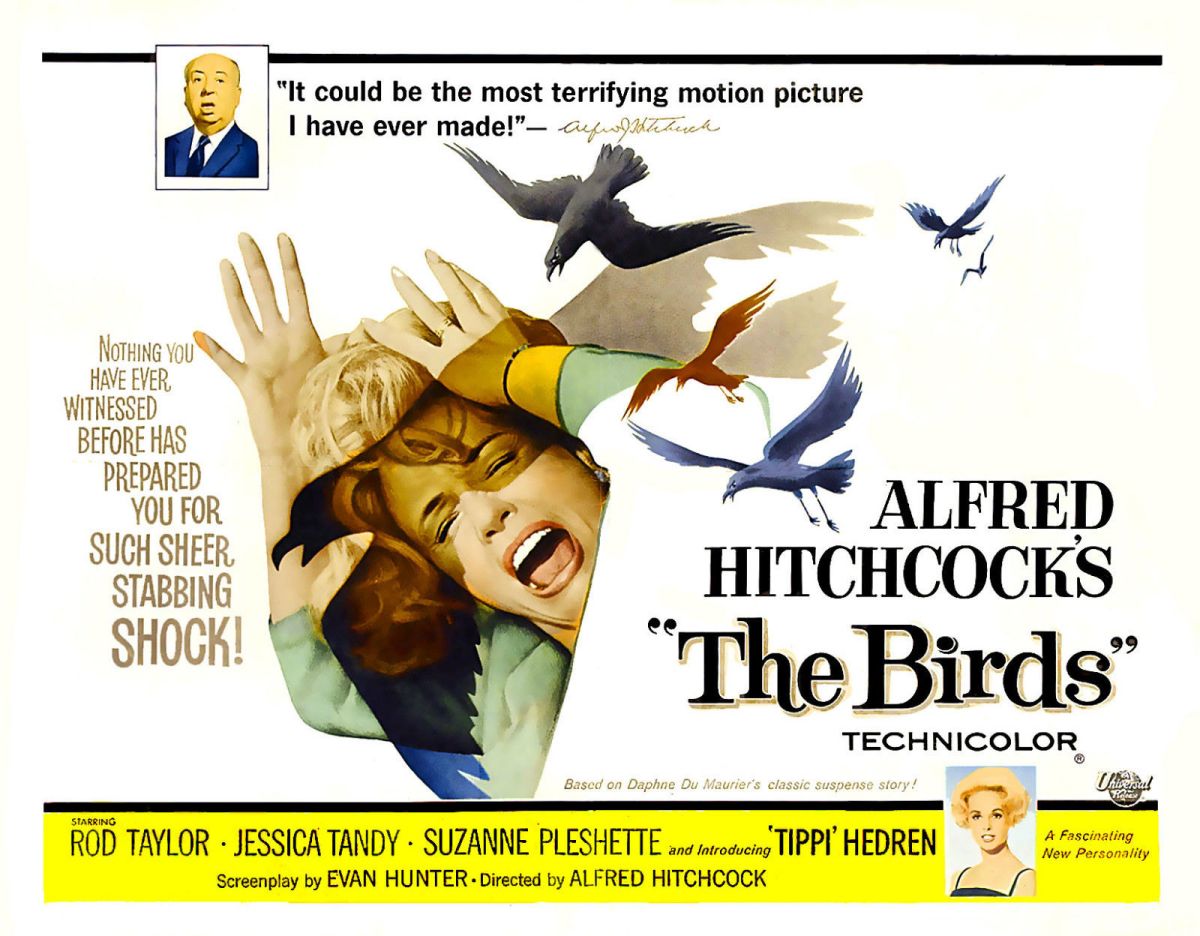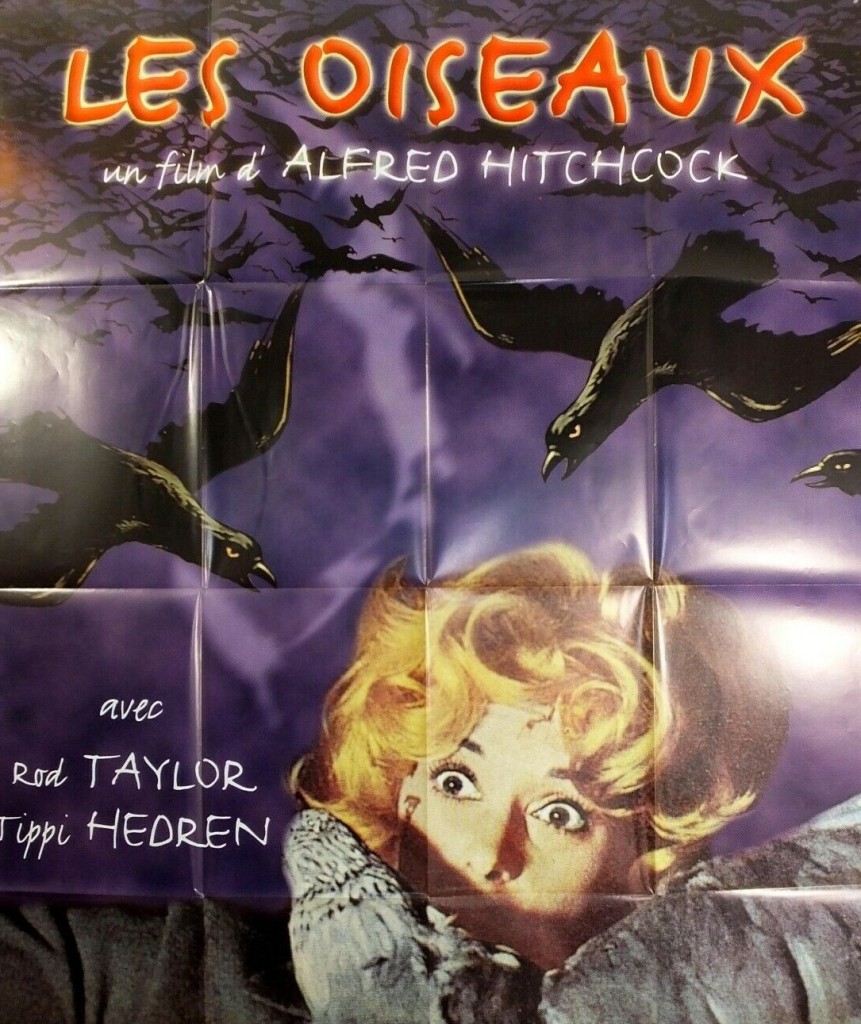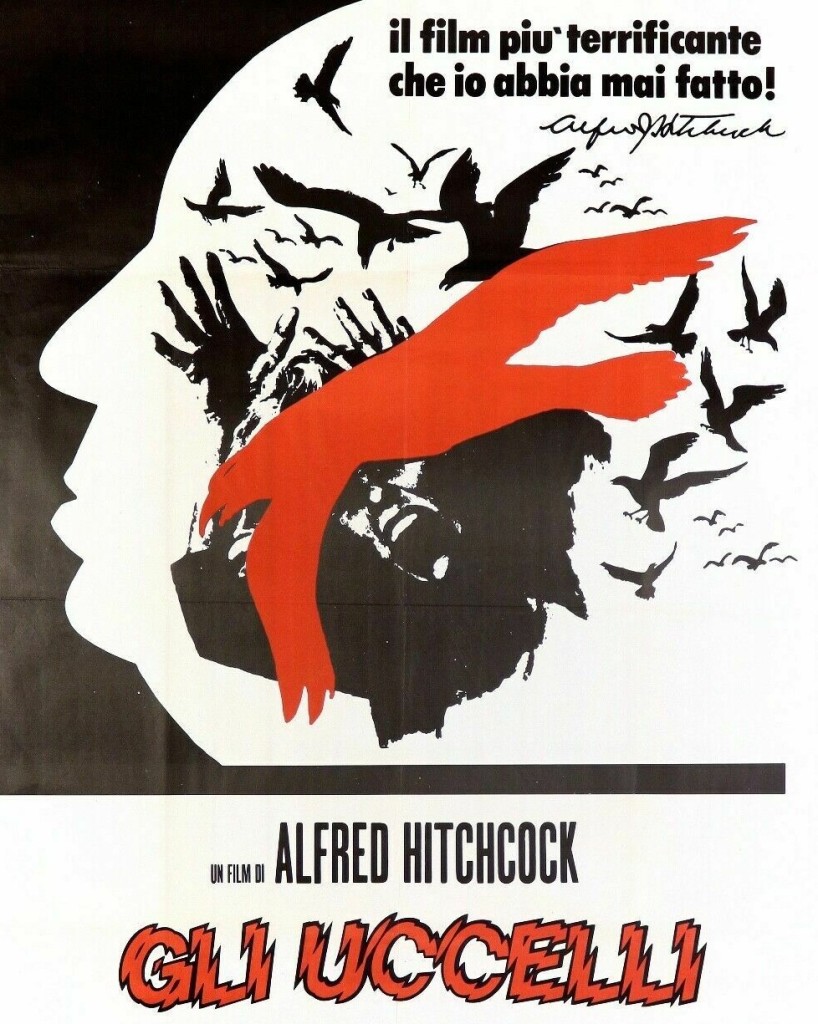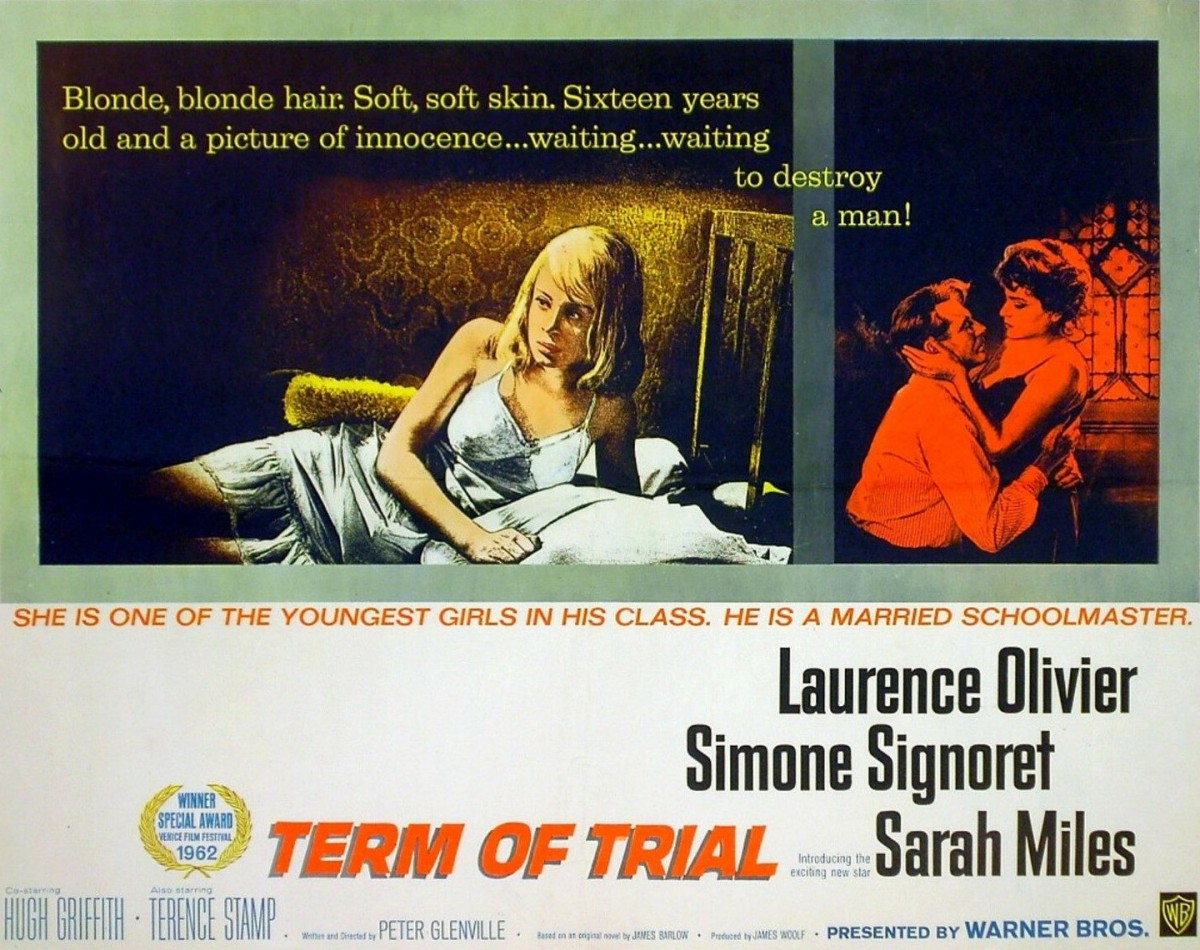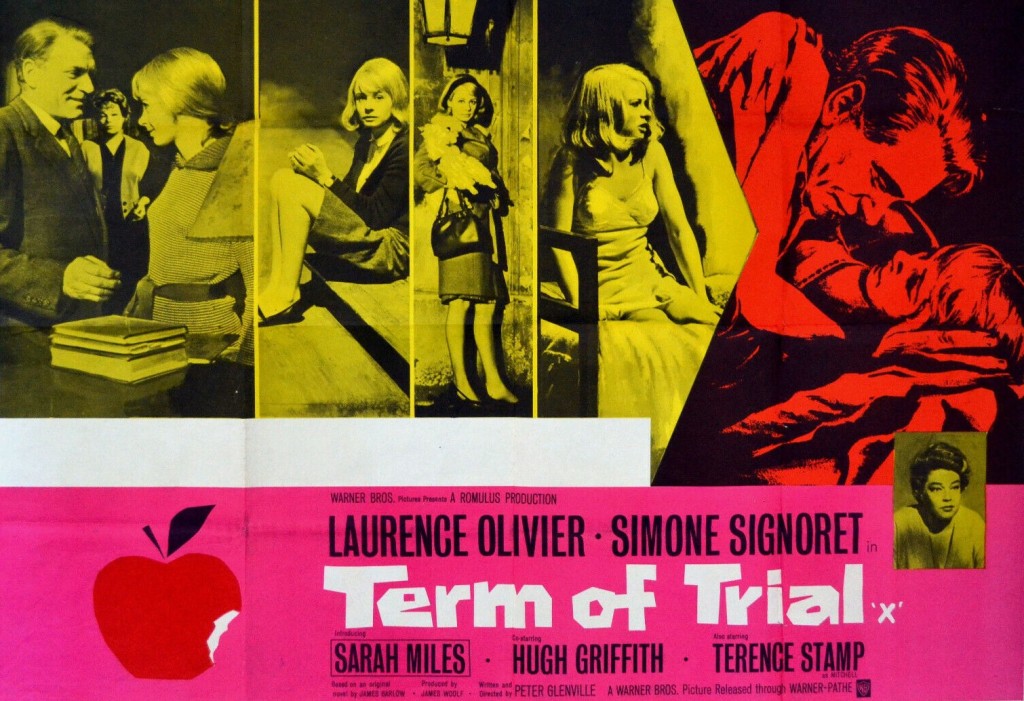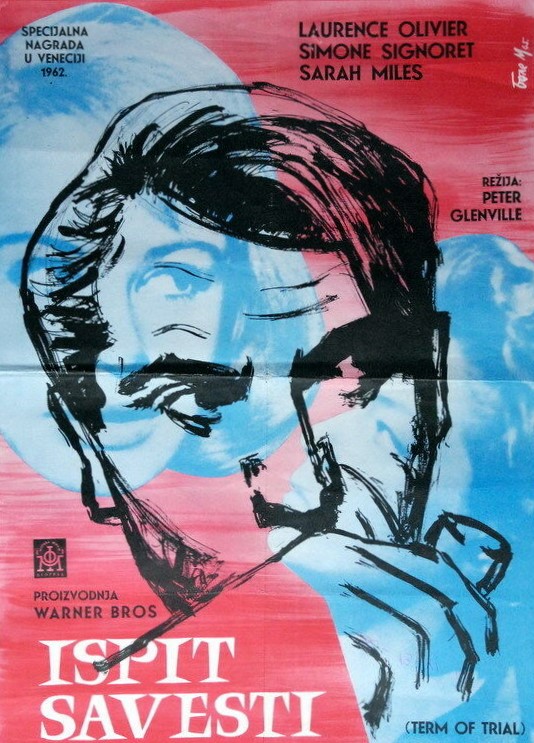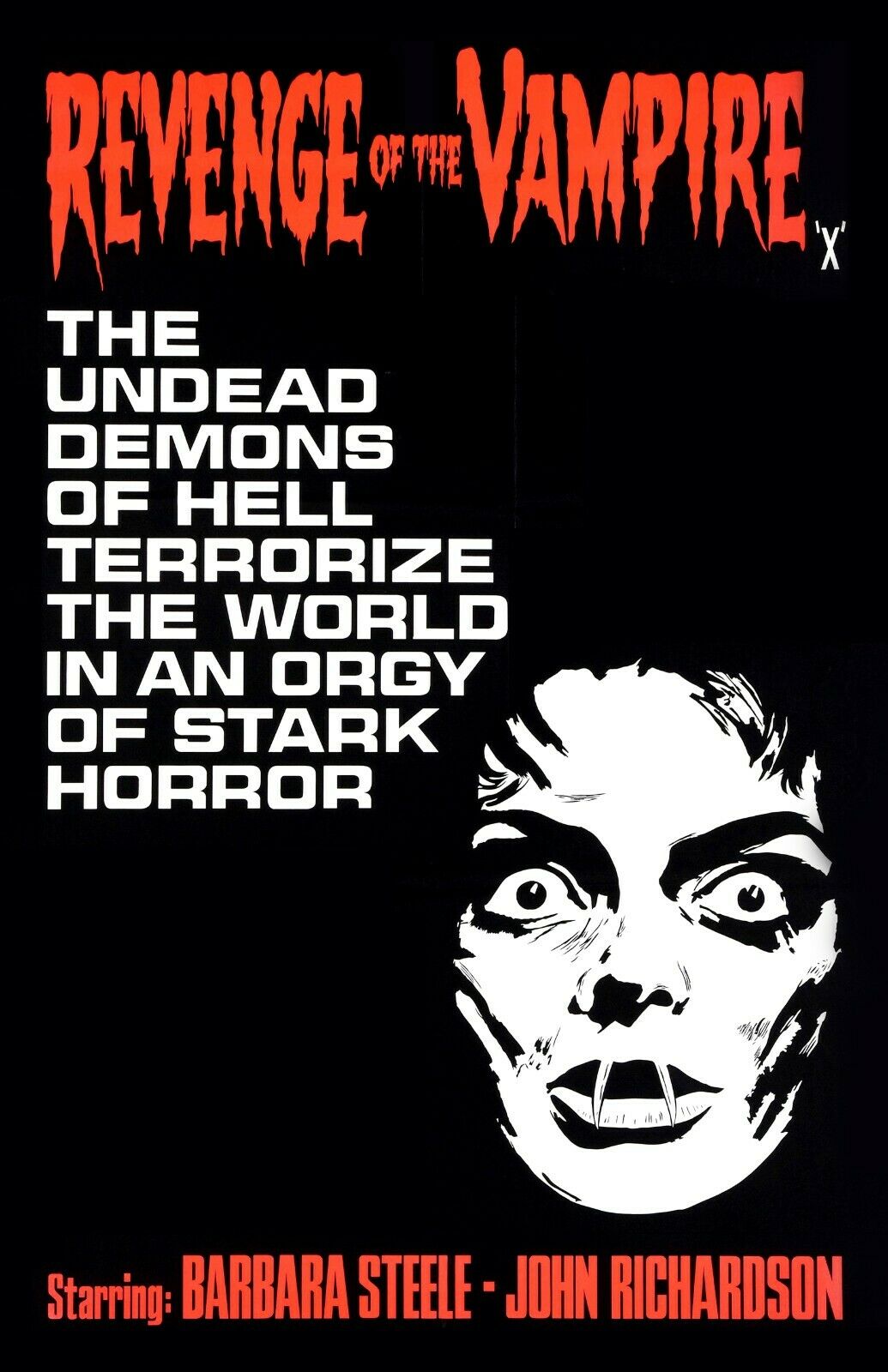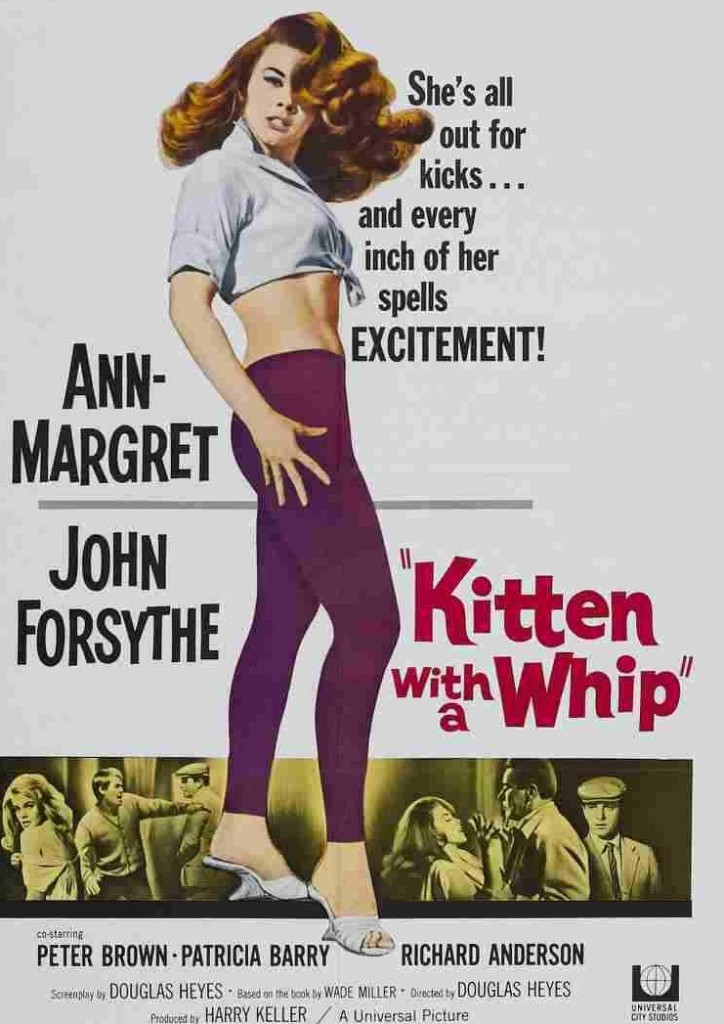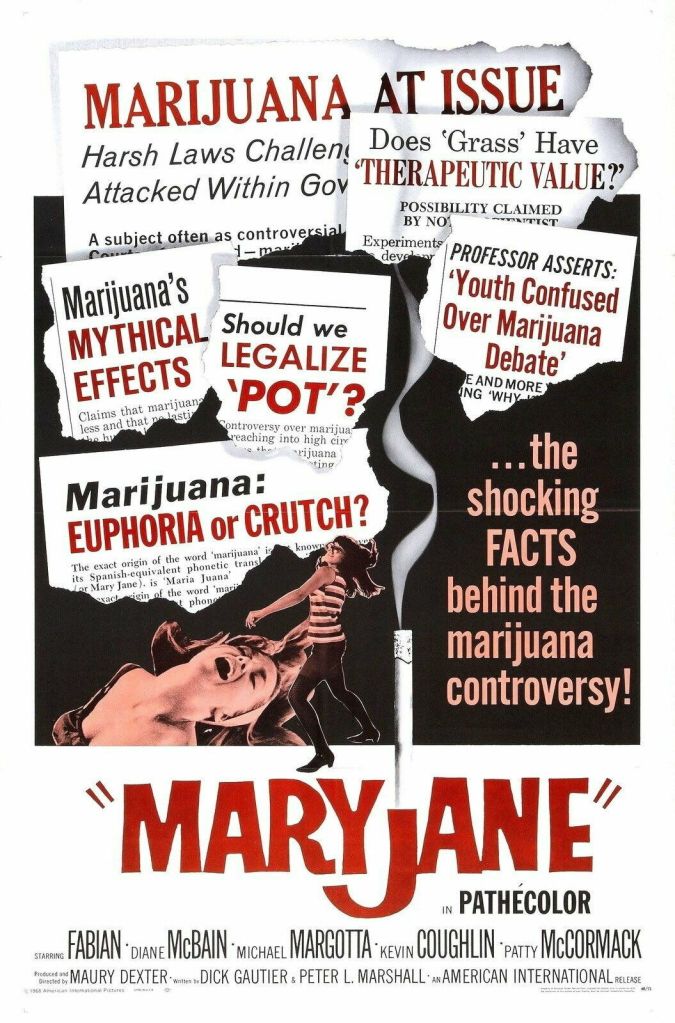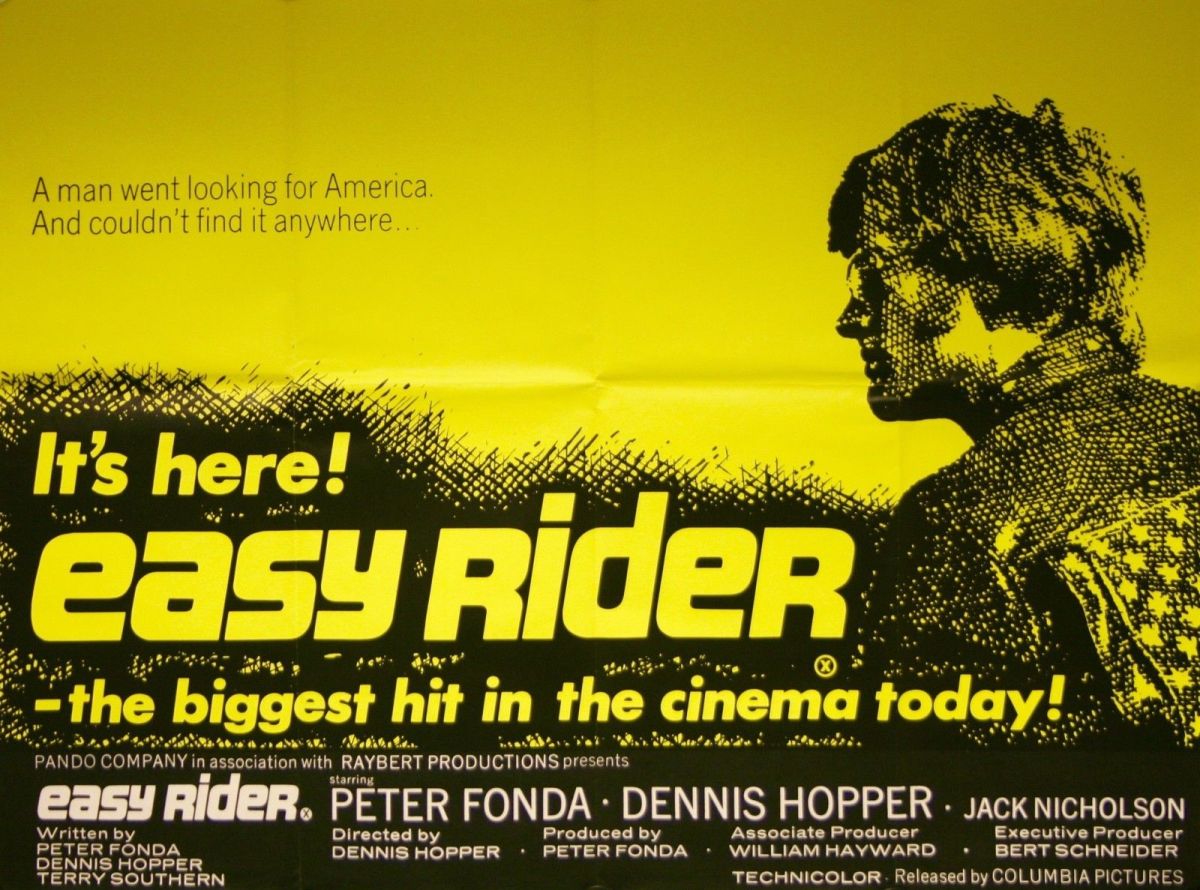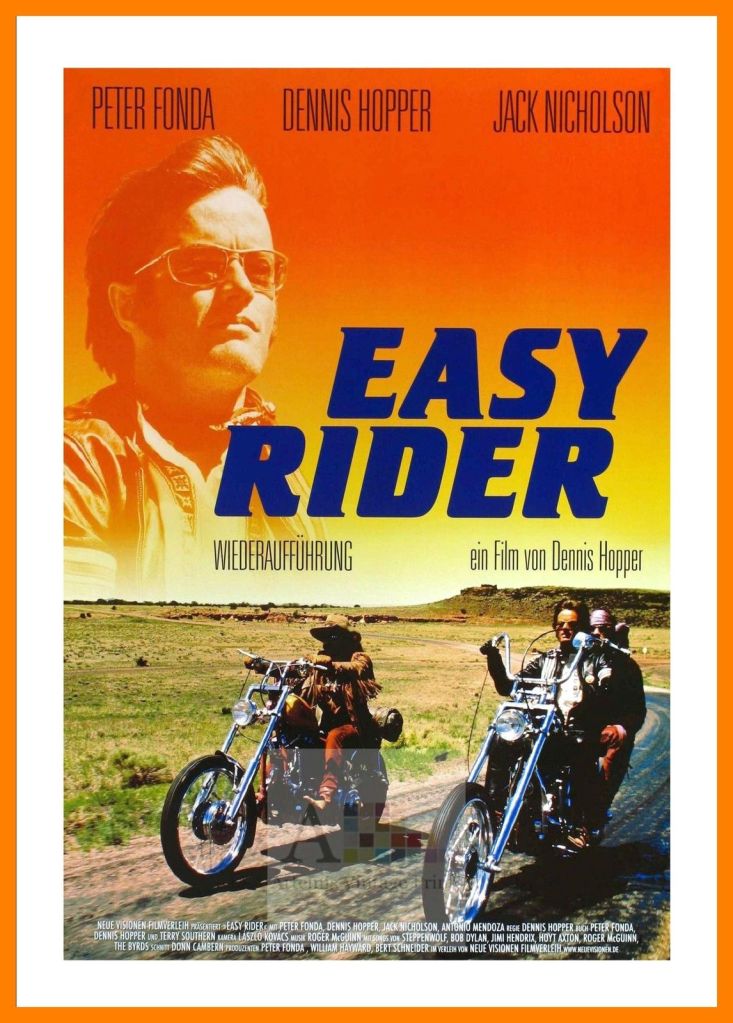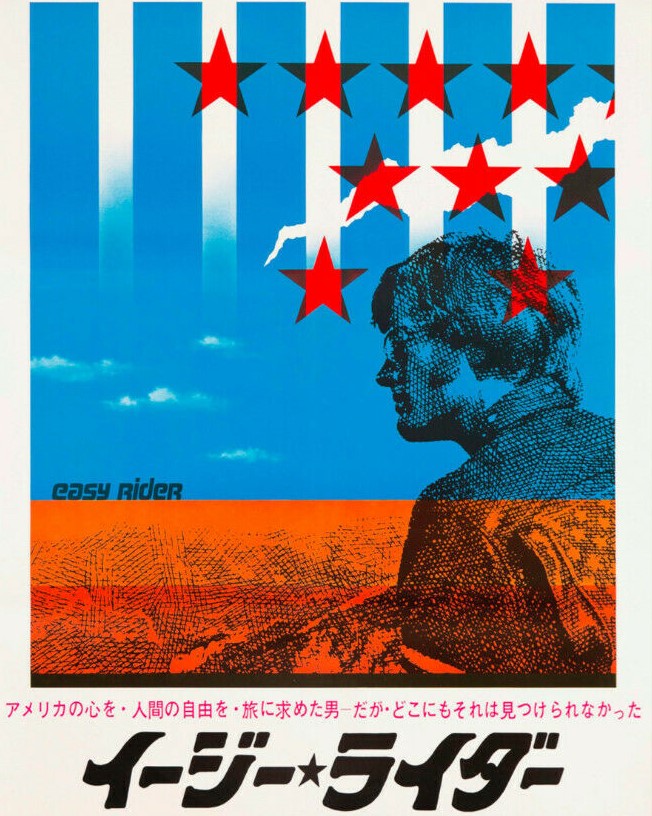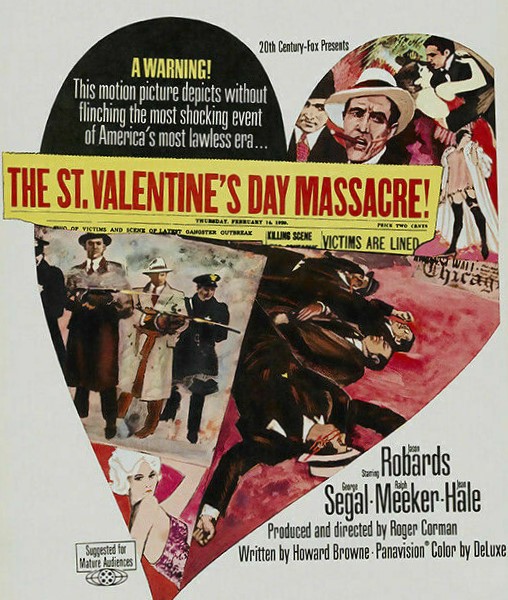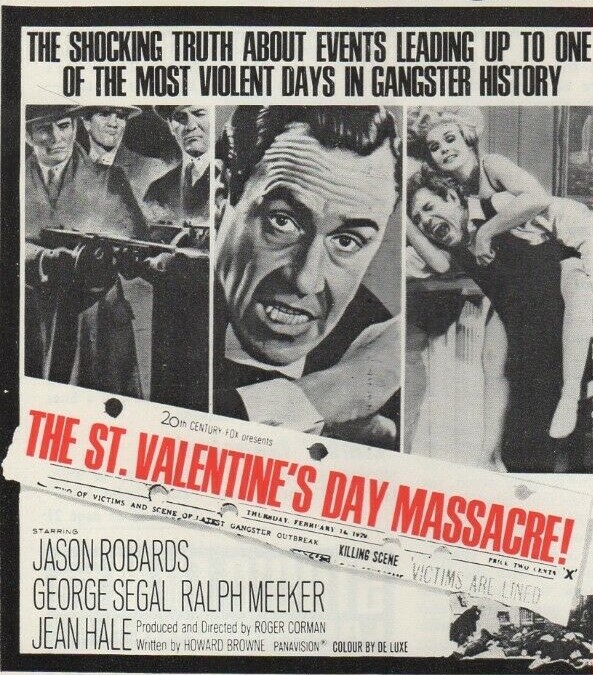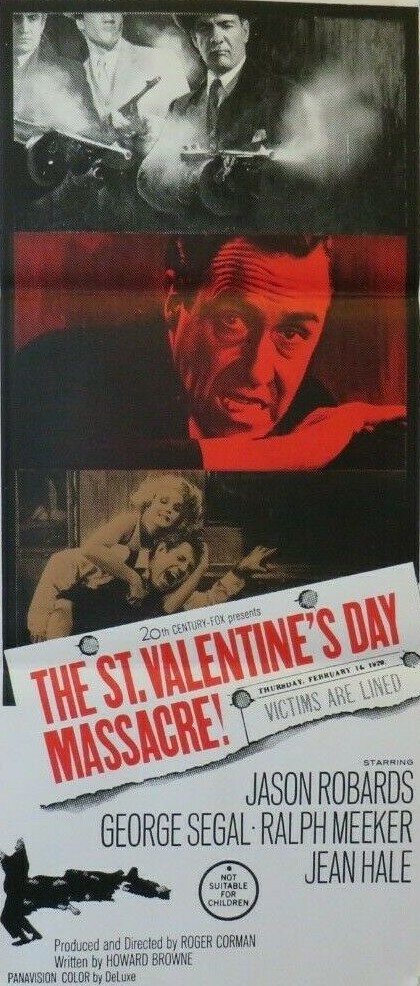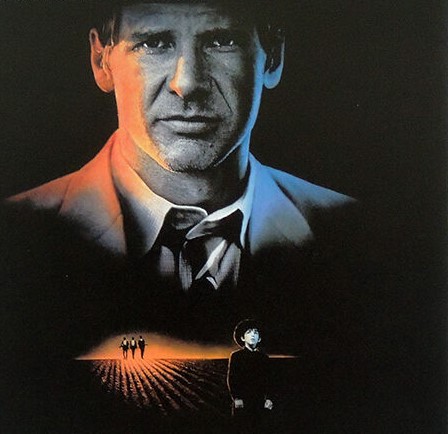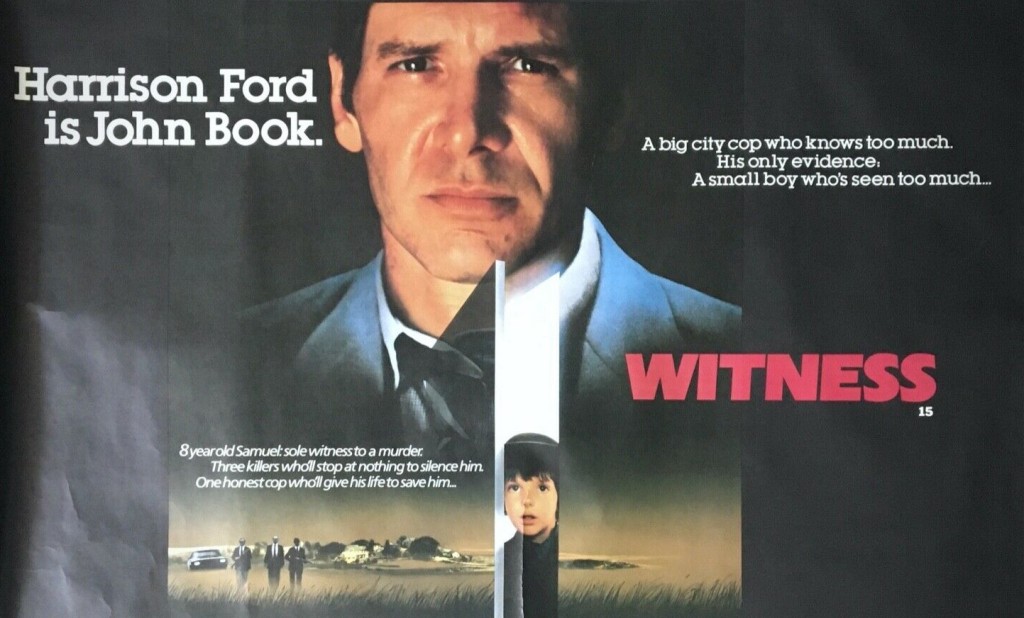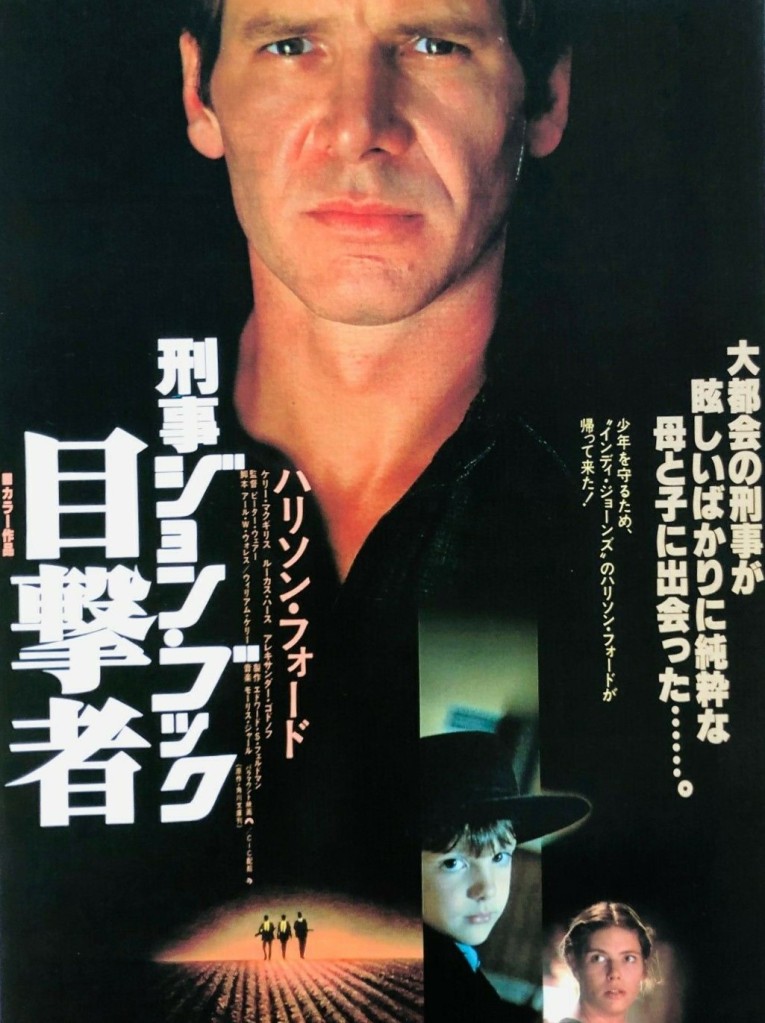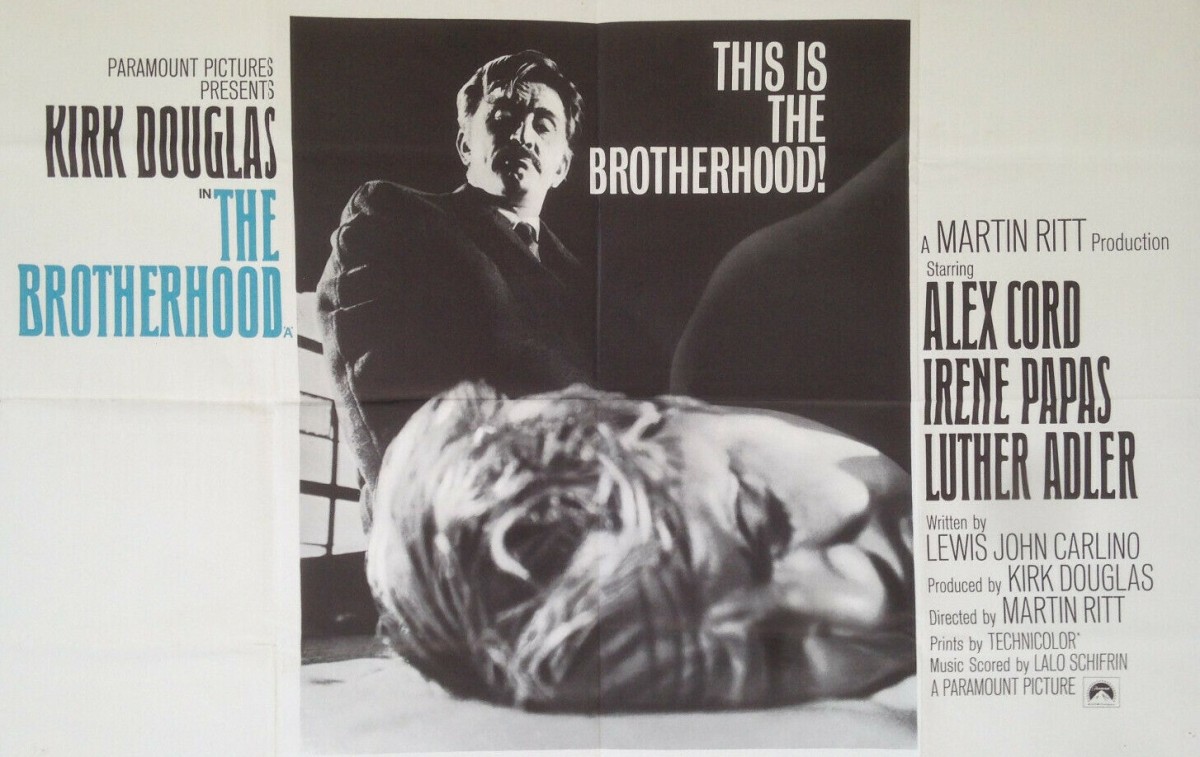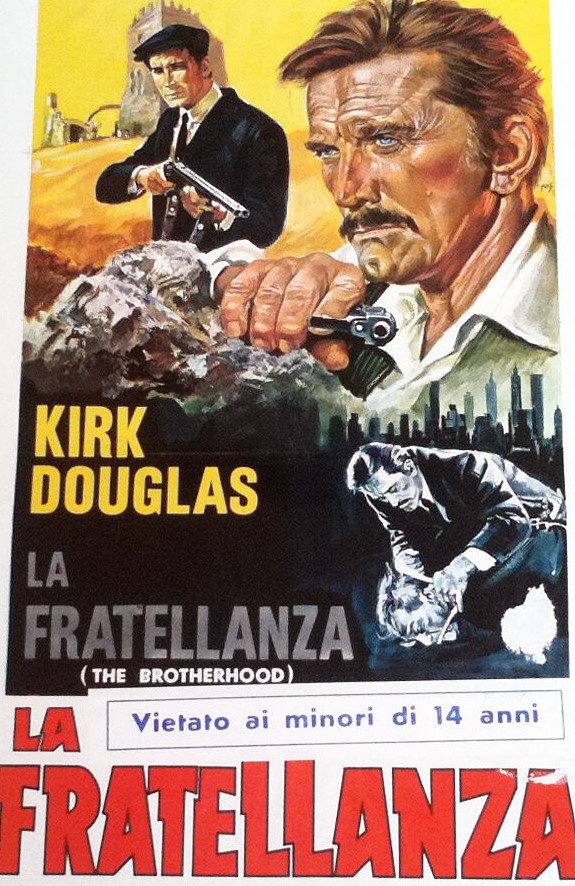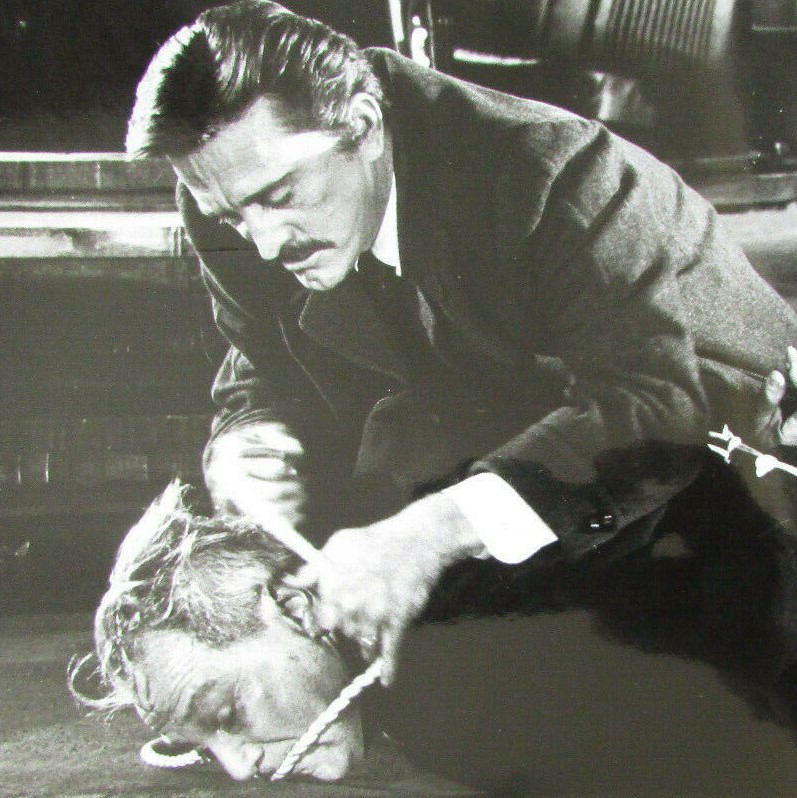Gerard Butler is pure Ronseal. “It does what it says on the tin” goes that advert. And so does Butler. You want action, he is first in the queue, and he delivers. But our Gerard is no Bruce Willis and doesn’t pretend he can do it all on his own. Not only does he enlist a murderer, an elite military force is also in due course on his side. You’d think that would leave Gerard with little to do, but you’d be wrong.
He’s the moral center and the driving force and of course he’s the pilot. the only one who can get them in and out. Just as well there’s someone to do things by the book because his employers, desperate to make PR spin their way, are as cynical as they come, sending a pilot to fly through a storm to save a few bucks on fuel.
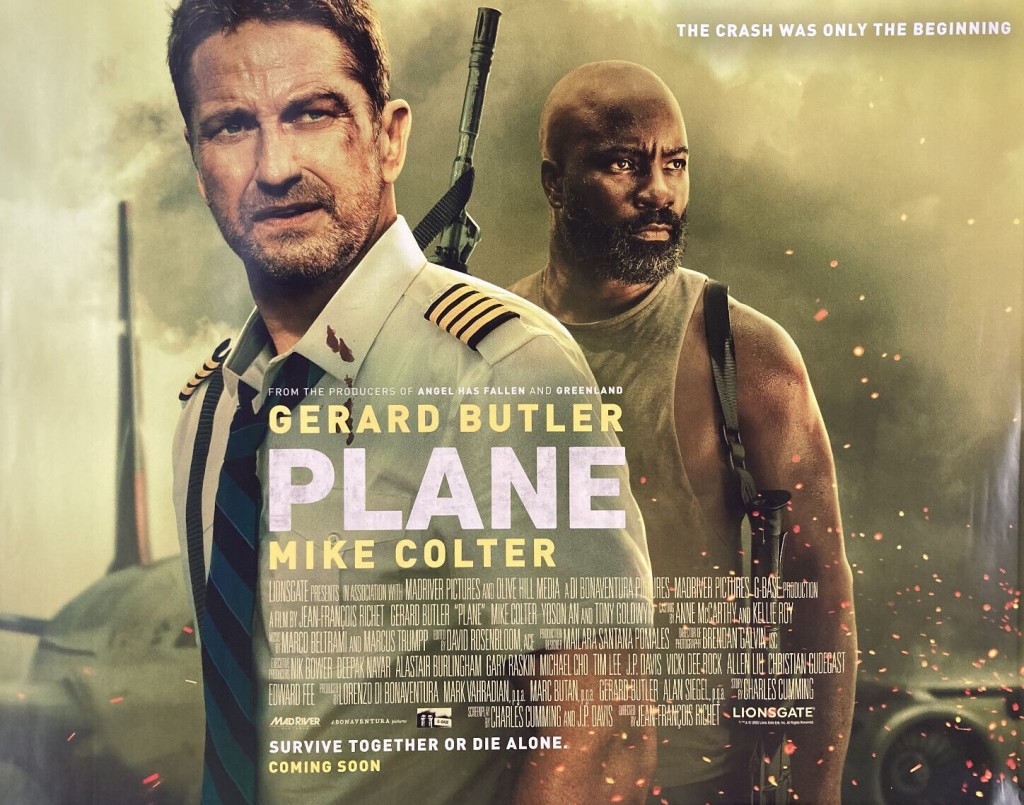
So, New Year’s Eve, widower Brodie (Gerard Butler) on a plane with only a handful of passengers crash lands on a remote island in the South China Seas where cut-throat separatists run a hostage business. Brodie frees murderer and ex-Foreign Legionnaire Louis (Mike Colter) and sets out to make contact with home. Meanwhile, back at the office, troubleshooter du jour Scarsdale (Tony Goldwyn) sends in a bunch of mercenaries. So it’s mostly escape and capture, you know the drill.
At least, at last, it’s not an airplane picture about apportioning blame after a disaster or stitching up the captain (Flight, 2012/Sully, 2016). There’s no ballast: no pregnant woman or child on board, not even a nun, and the pilot doesn’t have the hots for a stewardess and the criminal doesn’t hunker down at night and home in on audience sympathies with a heartrending tale, and there’s no retired airman called into service one last time, and it’s not the pilot’s final trip before retirement and there’s no wizard engineer who can put back together a broken machine and it’s not about everyone pulling their weight in a tight spot.
The passengers, those that survive that is, might be mildly annoying on the plane but once landed they’re too busy being terrified to make a nuisance of themselves. So it’s pretty realistic for what could otherwise have been a pure gung-ho actioner. When Brodie does get through to his company, he gets treated as a time-waster. And there’s really no way, realistically, without the intervention of mercenaries that he’s going to get the passengers off the island on his own.
In some senses it’s kind of two different movies jammed together in occasional clunky fashion and you wonder if initially it was devised as a pure rescue number before someone had the bright idea of bringing a star in as the pilot.
Brodie might be a rough diamond, but he sure can fly, witness two crash landings and a take-off hindered by enemy rocket launchers. He’s a true Scot, wouldn’t “lower himself” to be tabbed English, although the scriptwriters make an elementary howler in imagining that the traditional New Year dinner is haggis, neeps and tatties when it’s actually steak-and-kidney pie.
And the myth that a Scottish accent will get you through more doors than an English one, and that you’ll soon be nattering away convivially with your captors about Sir Sean and wee drams and kilts, is quickly exploded. Nationality in international war zones is mere currency. Brodie, of course, has to take one (more than one, actually) for the team but is happy to put himself in harm’s way to safeguard his charges.
Luckily, Louis has no such reservations, primarily with his own interests at heart, intent on escaping official clutches and disappearing into the jungle with a cache of cash.
This is Butler reinvented as Everyman. Yep, action abungo but humane with depths. With an astonishing 70 credits and too many supposedly star-making outings to count he has an equally diverse range, can hold his own against top female stars like Angeline Jolie (Lara Croft, Tomb Raider: The Cradle of Life), Katharine Heigl (The Ugly Truth, 2009) and Jennifer Aniston (The Bounty Hunter, 2010) but these days is more likely to be the go-to actioneer. I am hoping that some Hollywood producer might recognise his other qualities and pitch him a drama like A Man Called Otto. Imagine that snarl in your neighborhood.
You get exactly what you pay for here, for workmanlike read spare and lean, for reimagining previous rescue pictures read tension-filled character-driven edge-of-your-seat action. Butler brings tremendous humanity to a role that could as easily have been muscle-bound.
I’m less familiar with Mike Colter (Carter, 2022) but sensibly he underplays his role. Danielle Pineda (Jurassic World: Dominion, 2022) is good as the level-headed chief stewardess and Tony Goldwyn (Ghost, 1990) makes a sinister troubleshooter. MTA Kelly Gale makes her debut.
A welcome return to pedal-to-the-metal form for director Jean-Francois Richet (Mesrine, 2008) who employs hand-held cameras to great effect. Marks the screen debut of thriller writer Charles Cumming along with J.P. Walsh (The Contractor, 2022).
This is ideal counter-programming when we’re mired down in the Oscar-worthy.
You can’t go wrong with Butler.
